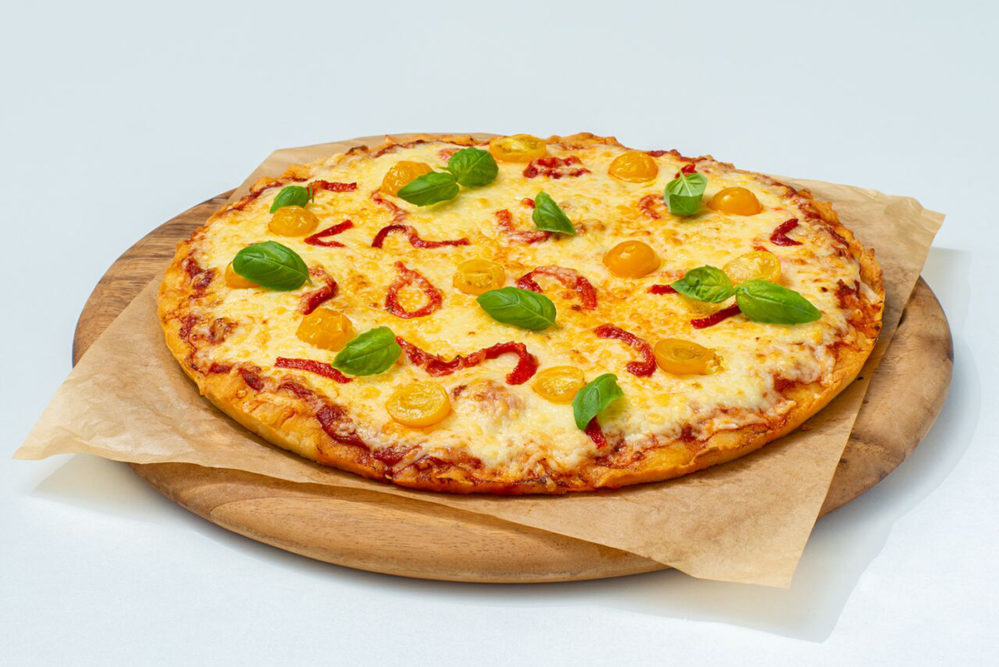The ongoing longevity of the gluten-free market still probably comes as a bit of a surprise to some.
In fact, the category is not only doing well; it’s thriving. This is despite long being dismissed as something necessary for only a small minority of consumers. Statista.com even goes as far as to describe the global market for gluten-free foods as “rocketing.” By 2023, the global gluten-free market is projected to be valued at $14 billion, more than double the 2022 market value with North America being the largest market for gluten-free bakery products.
This is a timely development as the one-size-fits-all strategy for health and wellness continues to fall away in favor of tailored “better for me” approaches.
It’s also given rise to the growing popularity of alternative and emerging grains. Ardent Mills, Denver, offers grains such as chickpea, quinoa, spelt, millet, sorghum, amaranth, buckwheat and teff to meet this demand. With 2023 as the International Year of Millets, the company expects increasing interest in millet and sorghum. These alternative and emerging grains provide not only variety but also help provide the taste, texture and satisfaction of hallmark bakery items without gluten, according to Matthew Schueller, director of marketing insights and analytics, Ardent Mills.
Growth within the category is fueled by a number of factors including broader health and wellness trends coming out of COVID and a growing number of consumers with celiac disease, according to Courtney LeDrew, senior marketing manager, Cargill, Minneapolis.
Incidence of the inherited autoimmune disorder, which affects the digestive process, has increased in the overall population in many Western countries among both children and adults, according to the Celiac Disease Foundation, Woodland Hills, Calif. The disease affects at least 3 million Americans with 97% remaining undiagnosed, according to the University of Chicago Medicine Celiac Disease Center.
Up to an additional 18 million Americans may also have gluten sensitivity, which could require a gluten-free diet to avoid the negative side effects from eating gluten. This is coupled with more people looking for products made with ingredients found in nature. Today, consumers are rejecting dyes, added sugars and chemicals in favor of clean, recognizable ingredients found in the pantry, according to Culinary Tides, an Oakland Park, Fla.-based think tank.
Continuing improvements
Proprietary consumer research from Cargill’s most recent IngredienTracker found 9% of survey respondents say they follow a gluten-free diet. This is up two points from the previous year.
Because of heightened awareness around food allergies and sensitives in general, more consumers are seeking out allergen-free choices, including gluten-free options. A portion of the consumers who avoid gluten and other allergens do so because they view them as less healthy, or they simply have a negative perception of them. But whatever their reasoning, this growing allergen-free market may spark additional sales in the gluten-free bakery segment, according to LeDrew.
This is in part because gluten-free products are often viewed by consumers as “healthier” than their traditional gluten-containing alternatives even if those consumers have no gluten sensitives. These consumers are largely driving the continued growth in the gluten-free space. Cargill is also seeing this reflected in the other claims most often paired with gluten-free products, which include high protein, vegan/plant-based and clean label.
Ardent Mills’ proprietary research found more than 50% of consumers claim to choose gluten-free foods at least some of the time, indicating that many consumers are eating gluten free by choice.
“Consumers are adapting their lifestyle and dietary patterns in pursuit of health and wellness, perceived or real,” Schueller said. “Food manufacturers have responded to these dietary trends and the gluten-free category as a whole has grown exponentially as a result.”

